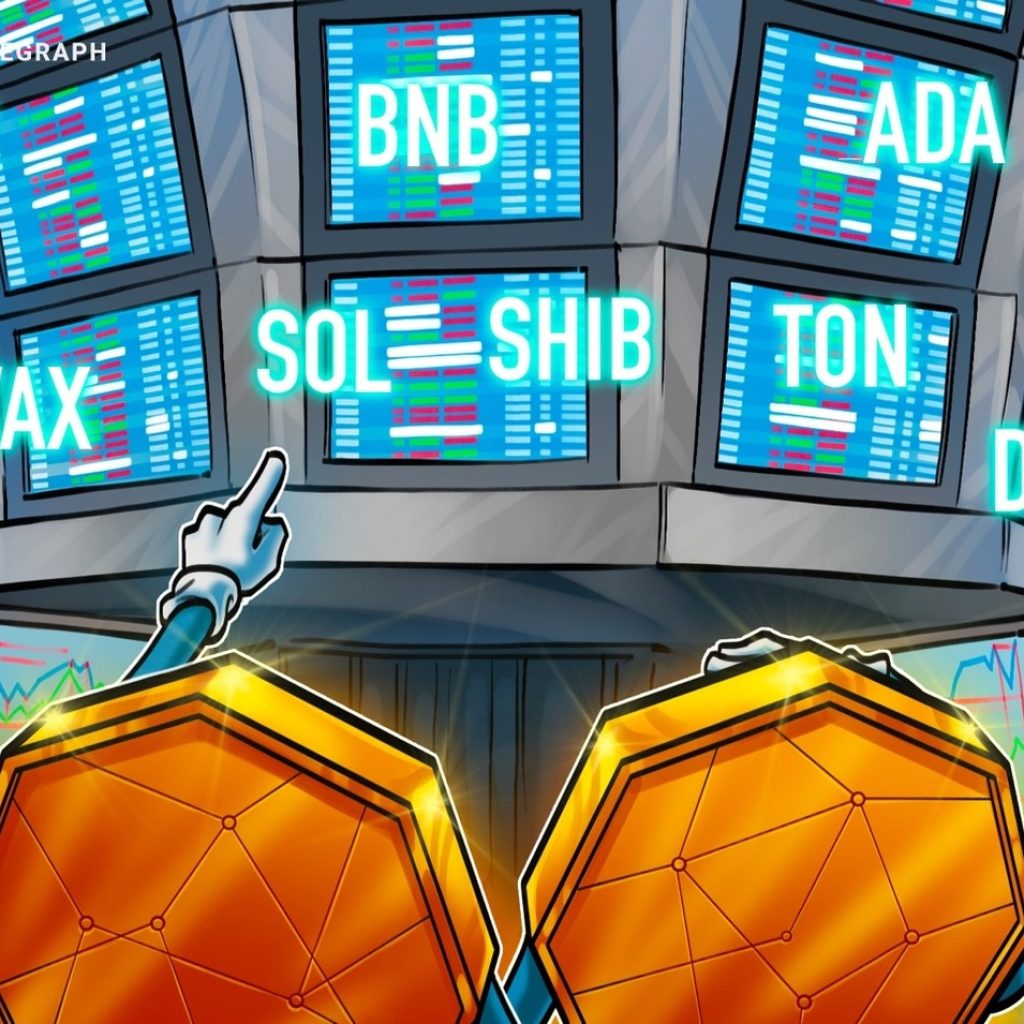Ethereum (ETH) transaction fees have hit their lowest levels since 2022, marking a significant milestone for the second-largest cryptocurrency by market capitalization.
According to insights from Ryan Selkis, the founder and CEO of Messari, the average fee for transferring ETH stands at $1.83, while the cost of token purchases via Uniswap is approximately $4.17.
This decline in gas fees can be attributed to reduced on-chain activity related to Non-Fungible tokens (NFT) sales, meme coin trading, and Telegram bots.
Decrease In Gas Fees And On-Chain Activity Leads To Increased Ethereum Supply
The drop in gas fees has resulted in Ethereum entering an inflationary period. Over the past week, the supply of Ethereum has increased by 4,092 ETH tokens, with a total value of around $6.6 million.
In early 2023, Ethereum’s on-chain activity experienced a spike, driven by NFT trading volumes and the buzz surrounding the Blur token airdrop. Since then, however, activity has subsided.
Selkis emphasized the current bearish sentiment in the market, stating: “We’re so deep in the bear that ETH is inflationary again.” This observation highlights the impact of decreased demand and reduced transaction volumes on Ethereum’s overall supply dynamics.
Analyzing the fee and gas usage statistics by Messari, Ethereum recorded $2.24 million worth of fees within 24 hours, with an average fee of $2.59. The gas used during the same period amounted to 108,194,133,311, with an average gas limit of 124,856. These figures provide insights into the transaction volume and activity levels within the ETH network.
The implications of these developments for Ethereum are twofold. Firstly, the decrease in gas fees may benefit Ethereum users by reducing the cost of transactions and interactions with decentralized applications (dApps) built on the Ethereum blockchain. Lower fees can promote wider adoption and increased usage of the network.
Secondly, the shift towards an inflationary period underscores the importance of monitoring supply dynamics and market conditions.
As new tokens are issued and supply increases, it may impact the overall value proposition of Ethereum and its ability to maintain scarcity, which has been a significant factor in its price appreciation.
Overall, Ethereum’s transaction fees have reached their lowest levels since 2002, primarily due to reduced on-chain activity related to NFT sales, meme coin trading, and Telegram bots.
This decline in gas fees has led to an inflationary period for ETH, with an increase in its supply. Monitoring these developments is crucial for understanding the network’s performance and implications for Ethereum’s value proposition in the broader cryptocurrency market.
As of this writing, ETH has experienced a decline of over 3% in the last 24 hours, resulting in a trading price of $1,552. Furthermore, this downward trend has persisted across various time frames, with a decrease of 4.5% over the past seven days, and declines of 5.5% and 15% over the fourteen-day and thirty-day periods, respectively.
Featured image from iStock, chart from TradingView.com






